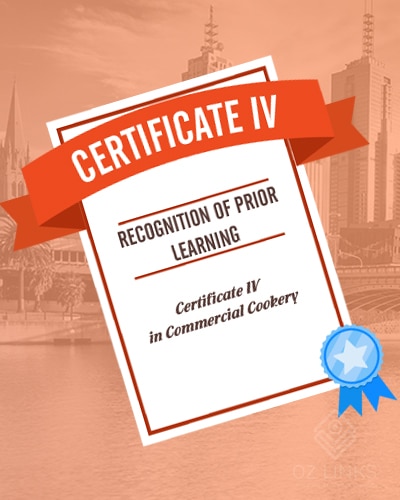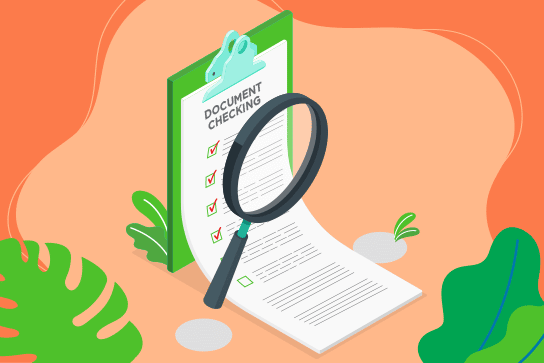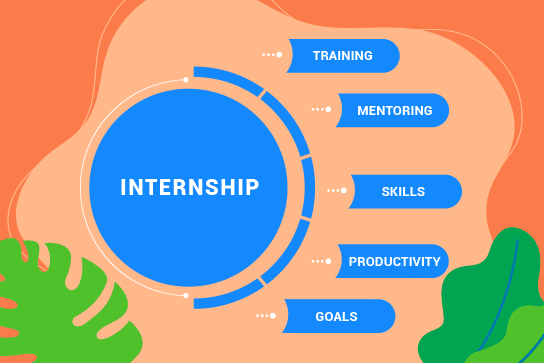LISTEN AUDIO
Last Updated on November 15, 2023 by Ozlinks Education
Qualification Overview
This qualification describes the skills and knowledge of a baker who bakes bread, cake, pastry, and biscuit products in a commercial baking environment.
All work must be completed in line with workplace protocols, as well as state and territorial food safety and work health and safety standards and legislation.
With this certification, you can work as a baker, preparing and baking bread loaves and rolls. More information about visa alternatives for the occupation ANZSCO: 351111 Baker
Qualification Name
Certificate III in Baking
Qualification Code
FBP30517
Why do I need this qualification?
Obtaining a Certificate III in Baking may boost your job prospects and earnings. This can be accomplished with the skills you already have, providing access to better positions and allowing you to negotiate a higher salary.
International students and migrants may require the Certificate III in Baking as part of their migration skill assessment for visa 491, visa 494, visa 482 application. Do you need assistance? Please contact us.
What does a baker do?
A baker specialises in the art of baking. Bakers are in charge of producing and creating a wide variety of baked goods, including bread, bread loaves and rolls, buns, cakes, biscuits, and pastry goods.
Their job involves:
- checking the cleanliness of equipment and operation of premises before production runs to ensure compliance with occupational health and safety regulations
- checking the quality of raw materials and weighing ingredients
- kneading, maturing, cutting, moulding, mixing and shaping dough and pastry goods
- preparing pastry fillings
- monitoring oven temperatures and product appearance to determine baking times
- coordinating the forming, loading, baking, unloading, de-panning and cooling of batches of bread, rolls and pastry products
- glazing buns and pastries, and decorating cakes with cream and icing
- operating machines which roll and mould dough and cut biscuits
- emptying, cleaning and greasing baking trays, tins and other cooking equipment
About Certificate III in Baking
To achieve this qualification, competency must be demonstrated in:
19 units of competency:
- 15 core units plus
- 4 elective units.
Elective units must ensure the integrity of the qualification’s Australian Quality Framework (AQF) alignment and contribute to a valid, industry-supported vocational outcome. The electives are to be chosen as follows:
2 must be from those units listed in Group A and an additional 2 may be chosen from Group A
up to 1 from those units listed in Group B
up to 2 from those units listed in Group C.
Core Units
|
FBPRBK2002 |
Use food preparation equipment to prepare fillings |
|
FBPRBK3001 |
Produce laminated pastry products |
|
FBPRBK3002 |
Produce non laminated pastry products |
|
FBPRBK3005 |
Produce basic bread products |
|
FBPRBK3006 |
Produce savoury bread products |
|
FBPRBK3007 |
Produce specialty flour bread products |
|
FBPRBK3008 |
Produce sponge cake products |
|
FBPRBK3009 |
Produce biscuit and cookie products |
|
FBPRBK3010 |
Produce cake and pudding products |
|
FBPRBK3014 |
Produce sweet yeast products |
|
FBPRBK3015 |
Schedule and produce bakery production |
|
FBPRBK3018 |
Produce basic artisan products |
|
FDFFS2001A |
Implement the food safety program and procedures |
|
FDFOHS2001A |
Participate in OHS processes |
|
FDFOP2061A |
Use numerical applications in the workplace |
Elective Units
An asterisk (*) next to the unit code indicates that there are prerequisite requirements which must be met when packaging the qualification. Please refer to the Prerequisite requirements table for details.
Group A
|
FBPRBK3003 |
Produce specialist pastry products |
|
FBPRBK3004 |
Produce meringue products |
|
FBPRBK3011* |
Produce frozen dough products |
|
FBPRBK3017* |
Operate plant baking processes |
|
FBPRBK4001* |
Produce artisan bread products |
|
FBPRBK4003* |
Produce gateaux, tortes and entremets |
|
SITXHRM001 |
Coach others in job skills |
Group B
|
SIRRMER002 |
Merchandise food products |
|
SIRXPDK001 |
Advise on products and services |
|
SIRXSLS001 |
Sell to the retail customer |
Group C
|
FBPOPR3002* |
Prepare food products using basic cooking methods |
|
FBPOPR3003 |
Identify cultural, religious and dietary considerations for food production |
|
FBPRBK3016 |
Control and order bakery stock |
|
FBPRBK4004 |
Develop baked products |
|
FDFTEC3001A* |
Participate in a HACCP team |
|
HLTAID003 |
Provide first aid |
Why RPL?
The Australian qualification that comes from registered training organisations (RTOs), also known as the qualification that is nationally recognised, can assist you in meeting any of the requirements listed below. The RPL program is suitable for people who:
- Don't have a degree but do have work experience in their field.
- You want to work in Australia, but you don't have an Australian degree.
- Want to apply for working visa but don't meet the visa requirements.
- You need a formal qualification to open a business in Australia.
- To work in the trade industry, you need to get a trade license and qualification.
- You need to apply for trade license to work in the trade industry.
- An Australian degree helps you to work in an international project with a higher salary.
All of these problems are very common in Australia's migration community. With the RPL program, you can turn your work experience of a year or more, anywhere in Vietnam or Australia, into an Australian qualification from certificates II, III, IV, and Diploma to the Advanced Diploma. With Australian qualifications, you can definitely solve all of the problems listed above and get a higher salary.
RPL Qualifications
A title
Image Box text
The advantages of using RPL
The RPL program converts work experience into an Australian qualification that can help you obtain a formal qualification that matches your current knowledge and skills, thereby contributing to your professional development, learning practice and socialize and your self-esteem to integrate into the Australian working environment is enhanced. RPL helps you:
- There is no need to learn what you already know.
- It saves you time and tuition fees.
- Open new career opportunities.
- Help you achieve your career change goals in Australia.
- Obtaining an Australian qualification takes less time.
- You don't have to take classes or repeat the training you've already done.
- It's a quick and easy process to get a recognized qualification in Australia.
The RPL process is done in 3 simple steps.
The RPL pathway consists of three stages and typically takes between six and eight weeks to complete from the time an applicant applies to an RPL assessment institute.
Register / Enrolment
Step 1: During the enrolment stage, you will have to demonstrate your skill level in relation to your chosen qualification by completing a self-assessment related to the required skills and knowledge to determine the relevance of the RPL pathway.
Assessment/ Evidence Review
Step 2: The RPL assessor will give you tests in the subjects of your applied qualification to find out what skills you have and match them to the skills needed to work in the industry and for the qualification you have chosen.
You will need to provide proof of the necessary documents, photos, and videos to show that you know how each subject in your qualification.
Result
Step 3: If you meet all units of competency under the qualification, you will be issued with a Certificate and Statement of Results.
Frequently Asked Questions
Below is a list of questions that our customers often ask us. If you need more information, don't hesitate to contact Ozlinks Education now.
The RPL is generally a faster way to an Australian qualification than completing a formal training course because it recognizes your previous work experience.
Yes. The RPL evaluation process is just as thorough as any other evaluation. But the evidence you need to show may be different from what is usually asked in a class assessment.
When the criteria for each of the subjects are met, a degree may be partially or fully accredited. For example, only completed subjects can be counted towards the qualification.
Even if your credits aren't enough to qualify, you can still receive written certification of the courses you've completed.
This will depend on the complexity of your qualification, how many subjects you apply for and how long it takes you to gather proof of work experience, collate and submit proof. Usually, the RPL process is 6 to 8 weeks from the date of application to the RPL assessment institute and also depends on your industry and qualifications.




